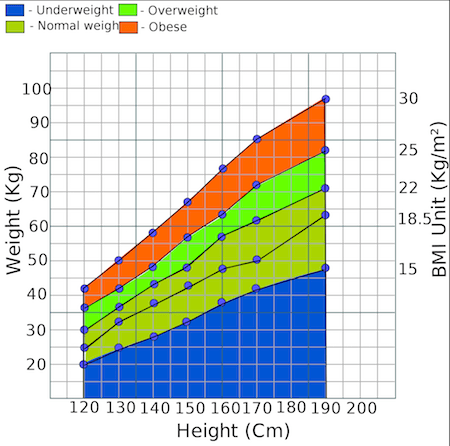 My all consuming goal behind this blog is to create an awareness of what is important to make people healthier.
My all consuming goal behind this blog is to create an awareness of what is important to make people healthier.
Apparently there is a lot more work to do. The Canadian government came up with research showing that Canadians are less fit now than they were 30 years ago when I was a kid. Not good news for sure and before everyone from other countries look on and say “Well we are doing better than that” Don’t be so sure.
Here is a bit of the report and you can go to the website to learn more
Between 1981 and 2009, fitness levels of Canadian children and youth, as well as those of adults, declined significantly, according to the first findings from the Canadian Health Measures Survey (CHMS). This is the most comprehensive national survey ever conducted in Canada to determine fitness levels.
The CHMS captured key information relevant to the health of Canadians by means of direct physical measurements, such as body measurements, cardio-respiratory fitness, musculoskeletal fitness and blood pressure.
In Canada, for the past two decades, assessments of fitness levels of Canadians have relied almost exclusively on the body mass index (BMI) because it can easily be calculated from height and . The BMI has shown that Canadian adults have become heavier over the past 25 years.
However, the BMI is only one indicator. A variety of other measures, therefore, are required to gain a more complete understanding of fitness levels associated with current and future risk of disease. These complementary measures are provided by the CHMS, in which survey respondents underwent body composition measurements and participated in fitness tests in mobile examination centres.
Data from the CHMS show that fitness levels of children and youth have declined significantly since 1981, regardless of age or sex. Fitness levels of adults have also declined, particularly among younger adults.
Among youth aged 15 to 19, the percentage whose waist circumference put them at an increased or high risk of health problems more than tripled.
Among adults, decreases in fitness levels over the same period were particularly pronounced for young adults aged 20 to 39.
Within this group, the percentage with a waist circumference that placed them at a high risk for health problems more than quadrupled. The proportions went from 5% to 21% among men, and from 6% to 31% among women.
Roughly 3% of the adult population had high blood pressure that was undiagnosed in 2009.




